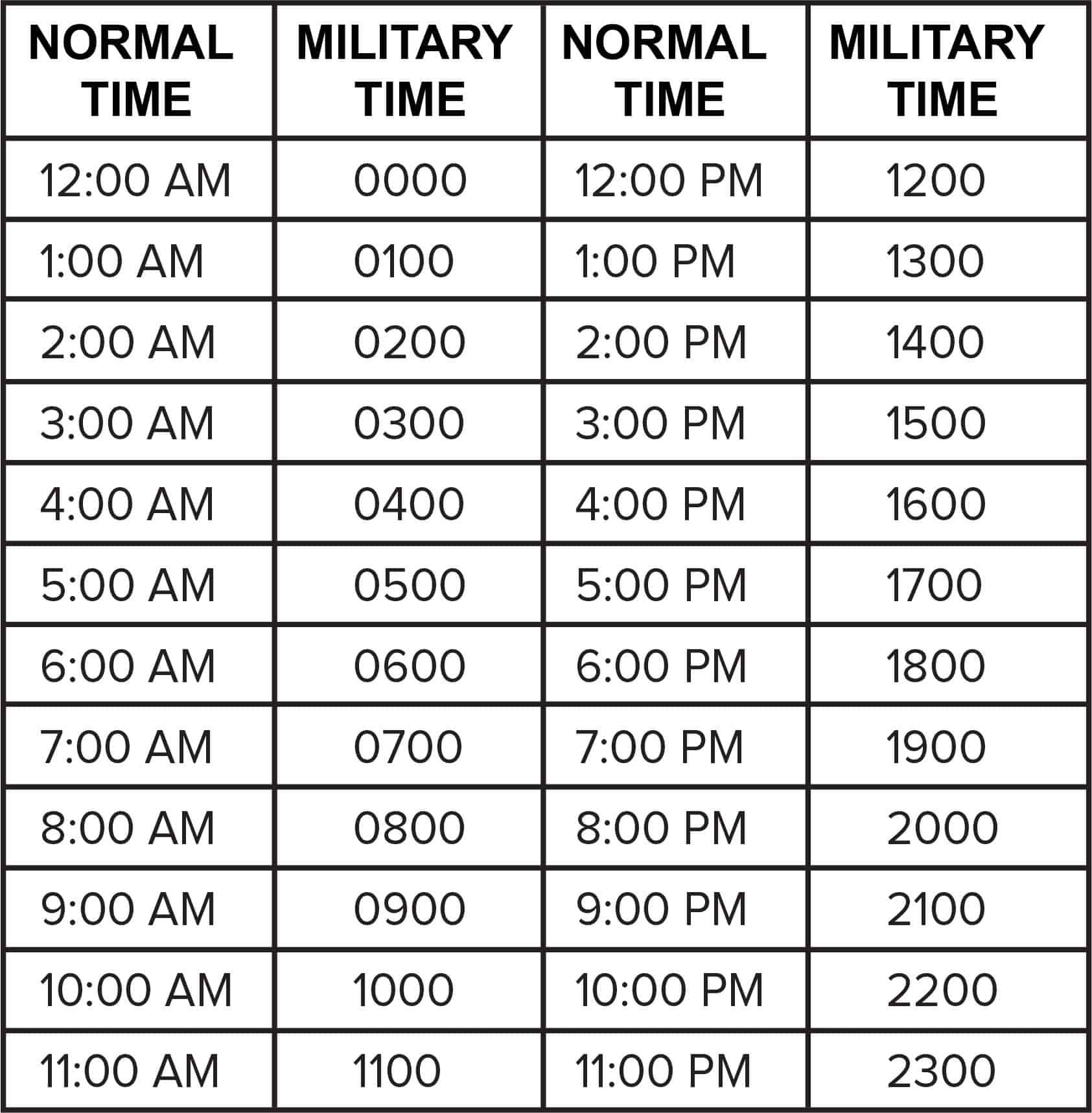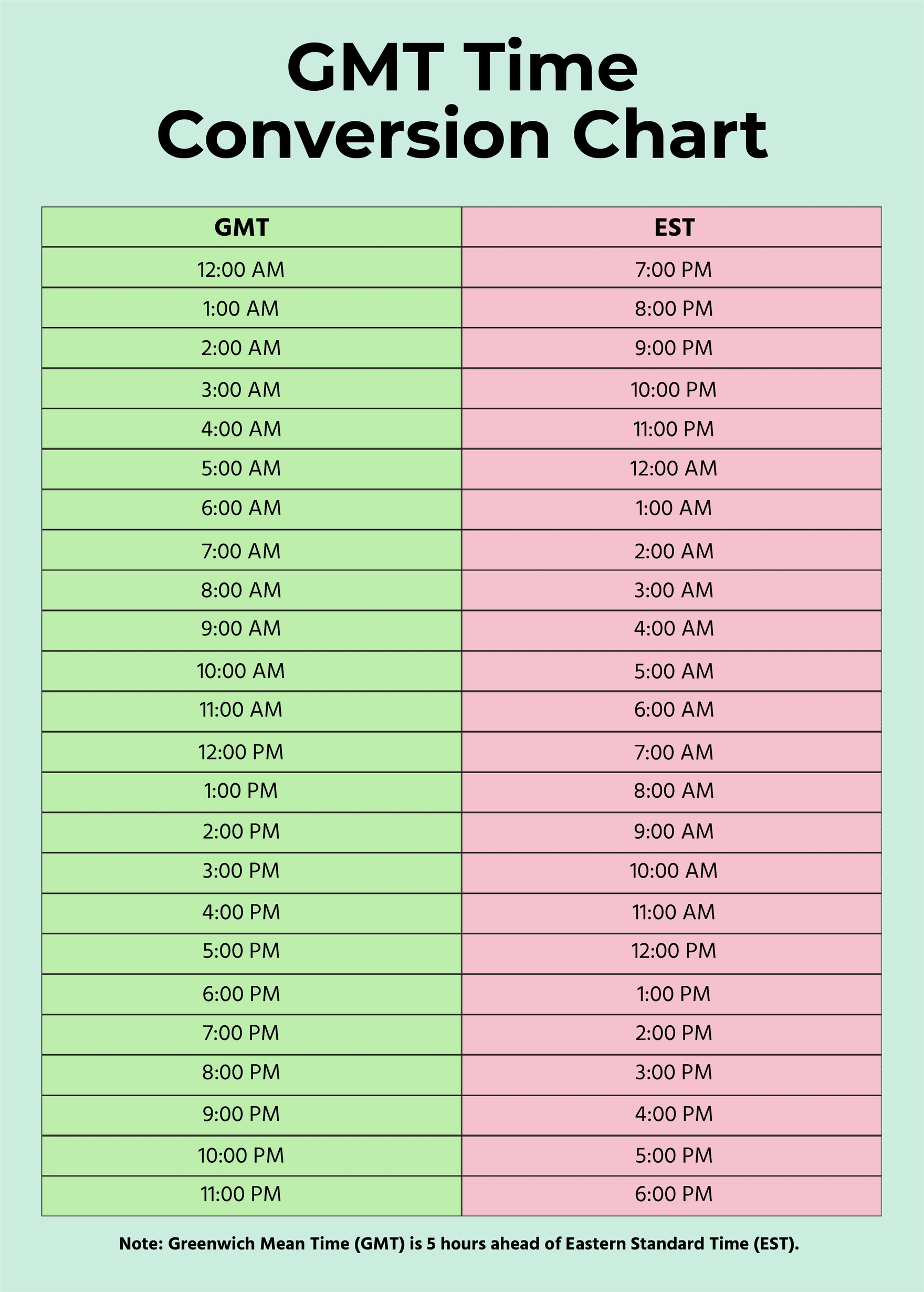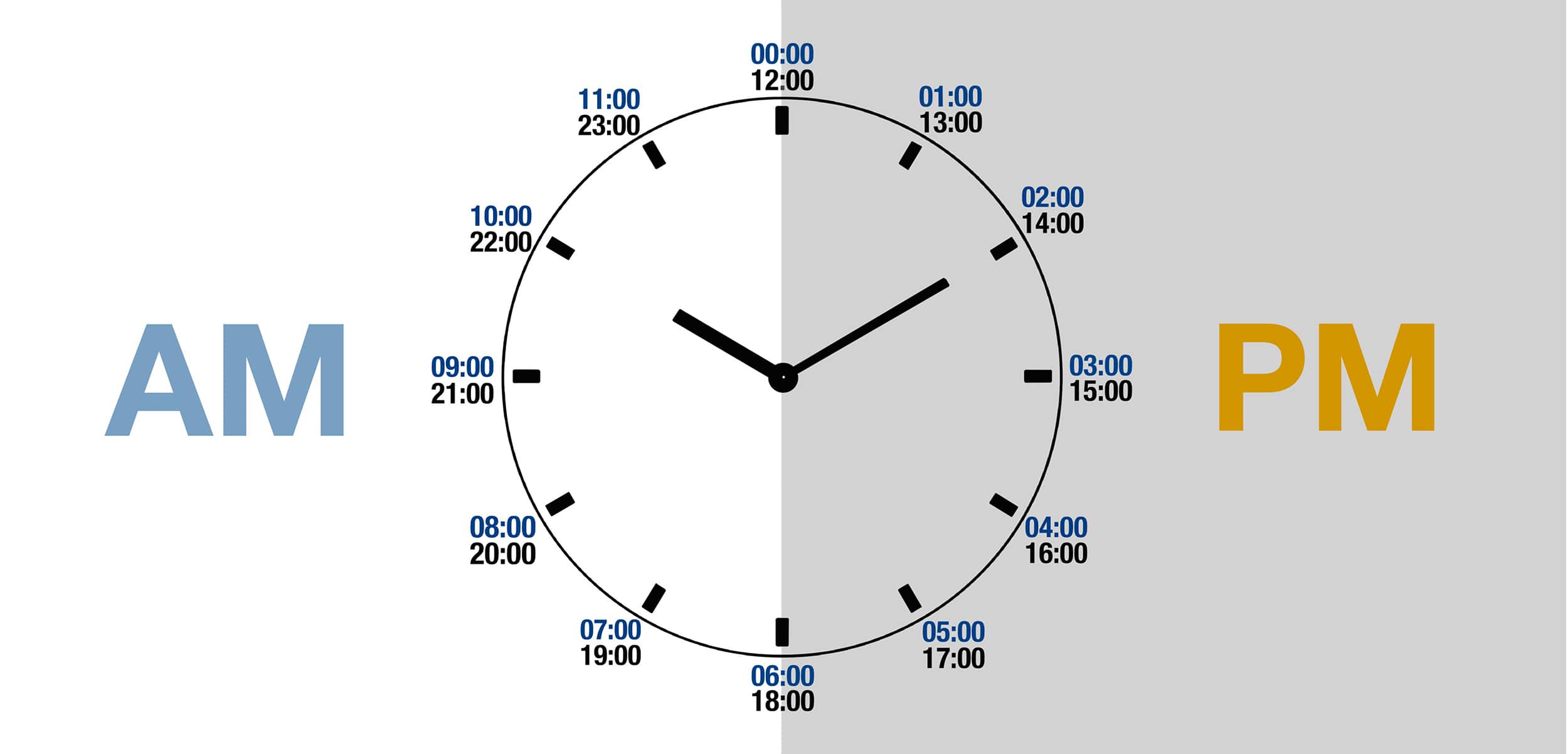Ever found yourself scratching your head trying to figure out what 2:30 PM ET is in PT? Don’t worry, you’re not alone. Time zones can be a tricky beast, especially when you’re juggling meetings, flights, or even just catching up with friends across the country. But fear not, my friend! We’re about to break it down for you in a way that’ll make you feel like a time zone wizard in no time.
Converting time zones doesn’t have to be complicated. Whether you’re planning a business call with someone in Los Angeles while you’re in New York, or you’re trying to catch a live event on the West Coast, understanding how 2:30 PM Eastern Time (ET) translates to Pacific Time (PT) is crucial. Let’s dive into the basics and get you up to speed.
Before we jump into the nitty-gritty, let’s clarify something: ET and PT are two of the most commonly used time zones in the United States. ET stands for Eastern Time, while PT stands for Pacific Time. Now that we’ve got that out of the way, let’s tackle the big question: What is 2:30 PM ET in PT? Stick around, and we’ll spill all the details!
- What Is The Zodiac Sign For April 29th Discover Your Star Sign Today
- Adriana Gillett And James Hetfield The Untold Story Of Music Passion And Art
Understanding Time Zones: A Quick Recap
Time zones are like invisible lines that divide the world into segments based on the Earth’s rotation. Each zone represents an hour difference from Coordinated Universal Time (UTC), which is kind of like the world’s timekeeper. In the US, we’ve got four main time zones: Eastern, Central, Mountain, and Pacific. And yes, daylight saving time (DST) adds another layer to the mix, but we’ll get to that later.
Why Does ET to PT Conversion Matter?
Whether you’re coordinating a Zoom meeting, booking flights, or just trying to call someone without waking them up, knowing the time difference between ET and PT is essential. Think about it: If you’re in New York and it’s 2:30 PM, your buddy in California might still be enjoying lunch. Timing is everything, and getting it wrong can lead to awkward moments or missed opportunities.
Key Points to Remember
- ET is 3 hours ahead of PT during standard time.
- During daylight saving time, ET is still 3 hours ahead of PT.
- Knowing the time difference can save you from embarrassing scheduling mishaps.
2:30 PM ET to PT: The Magic Number
Alright, here’s the moment you’ve been waiting for. If it’s 2:30 PM in Eastern Time, it’s going to be 11:30 AM in Pacific Time. Easy peasy, right? The key thing to remember is that PT is always 3 hours behind ET. So, whenever you’re converting from ET to PT, just subtract 3 hours, and you’re good to go.
- Paris Prince And Blanket Jackson The Extraordinary Lives Of Michael Jacksons Kids
- Unstoppable Force The Rise Of Argentinian Female Tennis Players
Breaking It Down
Let’s do a quick recap: 2:30 PM ET - 3 hours = 11:30 AM PT.
See? It’s not rocket science. Now, let’s talk about why this conversion is so important in our daily lives.
Real-Life Scenarios: When ET Meets PT
Imagine you’re planning a virtual meeting with a client on the West Coast. You schedule it for 2:30 PM ET, thinking it’ll be a convenient time for both parties. But if you forget to factor in the time difference, your client might show up at 11:30 AM PT, which could be way too early for them. Oof, awkward!
Common Mistakes to Avoid
- Forgetting to account for daylight saving time changes.
- Assuming everyone is on the same time zone as you.
- Not double-checking the time difference before scheduling important events.
The Science Behind Time Zones
Time zones weren’t always a thing. Back in the day, each town would set its clocks based on the position of the sun. But when railroads started crisscrossing the country, things got messy. In 1883, the US adopted a standardized system of time zones to keep everything running smoothly. Fast forward to today, and we’ve got a pretty efficient system that helps us keep track of time no matter where we are.
How Does UTC Fit Into the Picture?
Coordinated Universal Time (UTC) is like the universal language of time zones. It’s the baseline that all other time zones are measured against. For example, ET is UTC-5 during standard time and UTC-4 during daylight saving time. PT, on the other hand, is UTC-8 during standard time and UTC-7 during daylight saving time. See how it all connects?
Daylight Saving Time: Friend or Foe?
Daylight saving time (DST) is one of those things that either makes you roll your eyes or gives you a headache. Twice a year, we set our clocks forward or backward by an hour to make better use of natural daylight. While DST doesn’t affect the time difference between ET and PT (it’s still 3 hours), it can throw people off if they’re not paying attention.
Tips for Navigating DST
- Mark your calendar for the spring forward and fall back dates.
- Double-check the time difference whenever DST is in effect.
- Use apps or tools that automatically adjust for DST to save yourself the hassle.
Tools and Apps to Simplify Time Zone Conversions
In this digital age, you don’t have to do all the math yourself. There are plenty of tools and apps that can help you convert time zones in a snap. Some of my personal favorites include:
- World Time Buddy: A handy tool that lets you compare multiple time zones at once.
- Google: Just type “2:30 PM ET to PT” into the search bar, and voila!
- Timezone Converter Apps: Available for both iOS and Android, these apps make it super easy to stay on top of time differences.
Why You Should Use These Tools
Let’s face it: no one wants to waste time doing manual calculations when there are better options available. Using tools and apps not only saves you time but also reduces the risk of making mistakes. Plus, they’re free (most of the time), so why not take advantage of them?
Fun Facts About Time Zones
Did you know that not all countries use the same time zone system as the US? Some places have half-hour or even quarter-hour time zones, which can make things a bit tricky. For example, India uses UTC+5:30, and Nepal uses UTC+5:45. Crazy, right?
Interesting Time Zone Quirks
- China uses a single time zone, even though it spans multiple time zones geographically.
- Parts of Australia have their own unique time zones that don’t follow the standard system.
- Daylight saving time isn’t observed everywhere, so always double-check before assuming it’s in effect.
Final Thoughts: Mastering ET to PT Conversion
Now that you know the ins and outs of converting 2:30 PM ET to PT, you’re ready to tackle any time zone challenge that comes your way. Remember, the key is to stay organized, use the right tools, and always double-check your work. Whether you’re scheduling meetings, booking flights, or just trying to stay in touch with friends and family, understanding time zones is a skill that will serve you well in life.
So, what are you waiting for? Go ahead and share this article with your friends, leave a comment if you have any questions, and don’t forget to check out our other guides for more helpful tips and tricks. Time is on your side—make the most of it!
Table of Contents
- Understanding Time Zones: A Quick Recap
- Why Does ET to PT Conversion Matter?
- 2:30 PM ET to PT: The Magic Number
- Real-Life Scenarios: When ET Meets PT
- The Science Behind Time Zones
- Daylight Saving Time: Friend or Foe?
- Tools and Apps to Simplify Time Zone Conversions
- Fun Facts About Time Zones
- Final Thoughts: Mastering ET to PT Conversion
- Jesse L Martin Young The Rising Star Taking The World By Storm
- Who Is Tom Green Married To Now The Ultimate Guide To His Love Life


